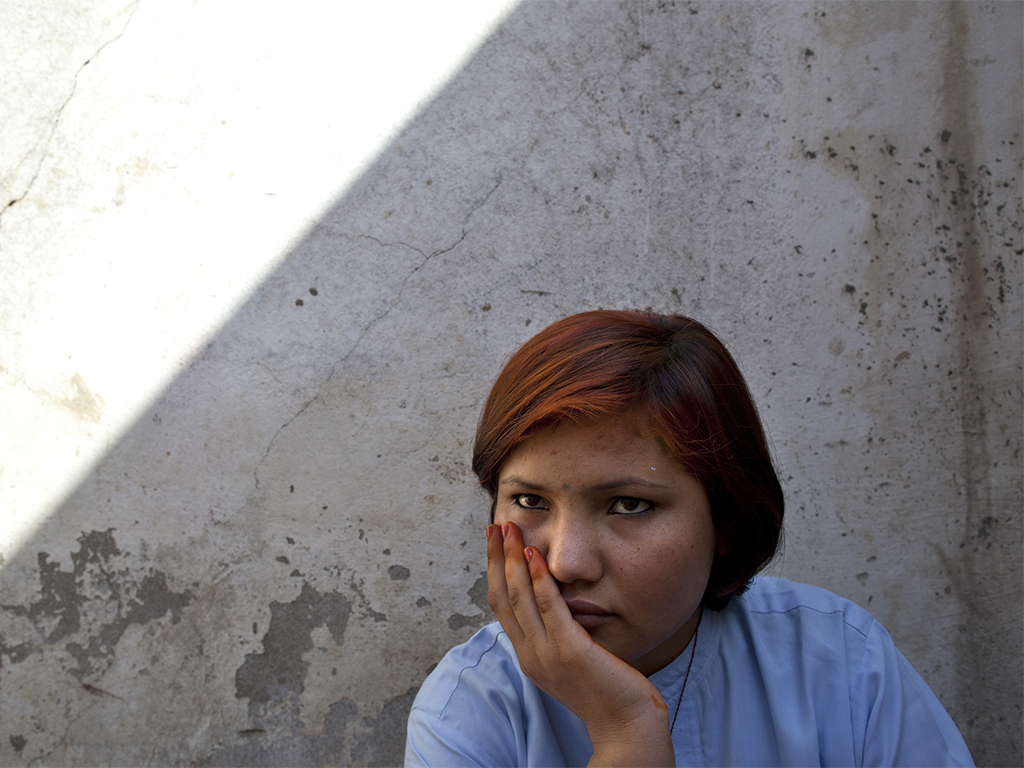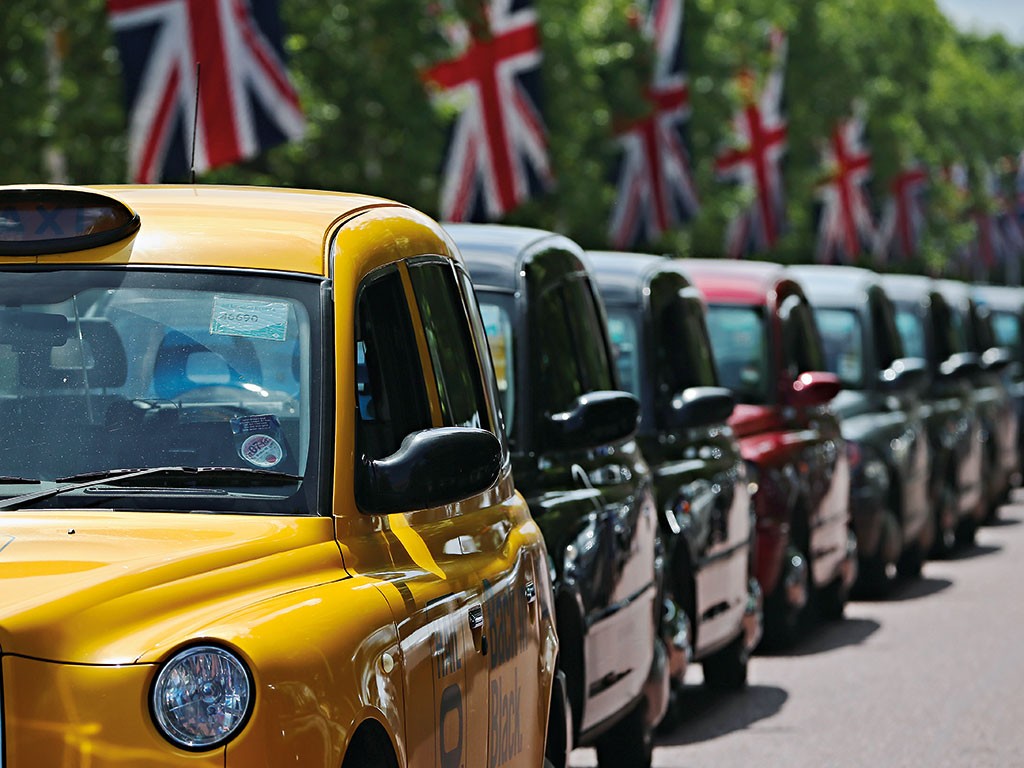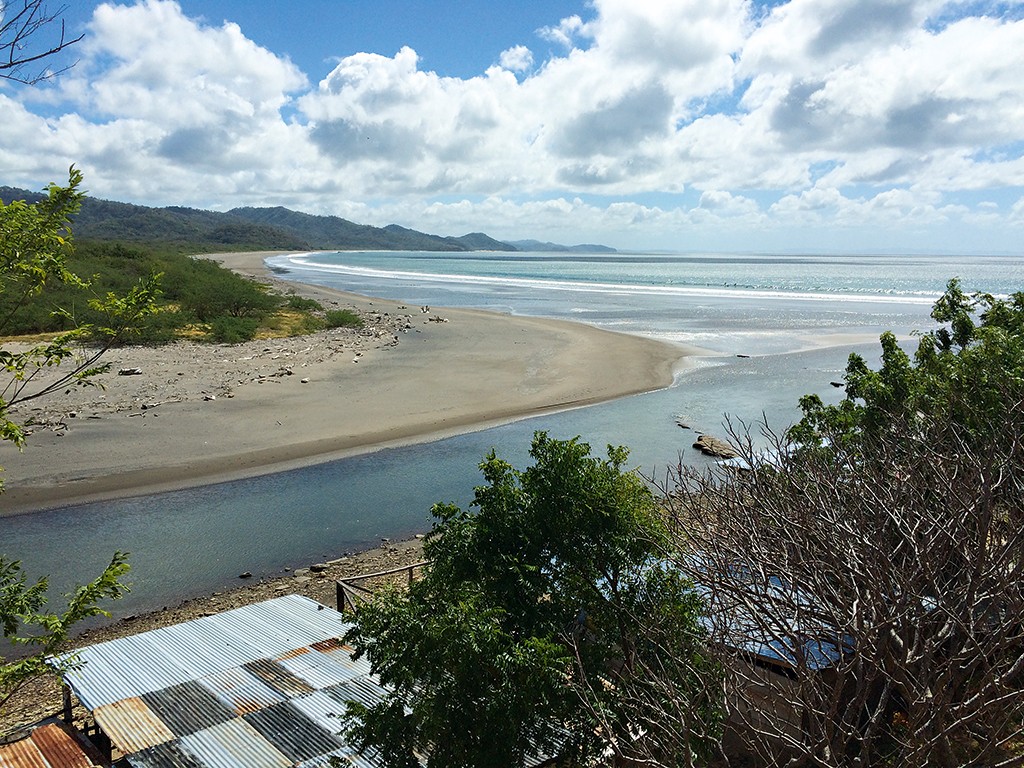10 of the most dangerous countries to be a woman
Rape, FGM, and gender based violence are just some of the problems that women face daily in certain parts of the world. We examine some of the least female-friendly places to live

A 19-year-old woman sits reflectively at Afghan Women's Prison in Mazar-E-Sharif. She was imprisoned for running away from home with her boyfriend
News earlier this month that a fourth woman had been killed by hanging in India’s Uttar Pradesh state highlights how treacherous certain parts of the world can be for the female population. We look at some of the most shocking instances of gender inequality, compiled using data from the Thompson Reuters Foundation, the World Report 2014 and the Foundation for Sustainable Development.
Afghanistan
From an early age, life’s a struggle for Afghan girls, with 87 percent left illiterate and 70-80 percent forced into marriages (54% of girls aged between 15-19 are married, according to UNICEF). Having a family can be an ordeal in itself: with a maternal mortality ratio of 400 in 100,000 (vs 8 for the UK), and cases of domestic violence high. Afghanistan’s courts make it notoriously difficult to prosecute the latter too, as family testimony is banned.
The Democratic Republic of Congo
Congo has one of the worst records of gender based violence (GBV), with the American Journal of Public Health estimating that 1,150 women are raped every day – equating to 420,000 a year. Health outcomes are inadequate for women too, with 57 percent of pregnant women reported to be anaemic.
Pakistan
Many of Pakistan’s cultural and religious practices pose a huge threat to women, particularly child and forced marriage, acid attacks and punishment by stoning. According to Pakistan’s Human Rights Commission, more than 1,000 girls and women are victims of ‘honour killings’ each year, and 90 percent face domestic violence.
India
Despite having the world’s largest democracy, famous examples of gang rape and hangings demonstrate what a perilous place India can be for women. Researchers estimate that there have been 50 million cases of female infanticide or foeticide over the last three decades. And even if you get to live, child marriage and high levels of trafficking still cast a shadow over the safety of females.
Somalia
High maternal mortality, rape, female genital mutilation (FGM) and child marriage are just every day concerns for a woman living in Somalia, a country typified by its lack of law and order. 95 percent of Somalia’s female inhabitants face FGM, usually around the ages of four to 11, and in their child-rearing years, only nine percent can expect to give birth in a health facility.
Colombia
GBV in Colombia is alarmingly high – in 2010, The National Institute for Legal Medicine and Forensic Science reported 45,000 cases of domestic violence against women. Still, few organised systems exist to help women and girls needing post-violence care, meaning that many do not receive appropriate medical treatment. To add insult to injury, it’s rare for GBV perpetrators to be brought to justice.
Egypt
The systematic sexual harassment of women and girls throughout Egypt is something that even casual visitors may have experienced. GBV and harassment increased in the wake of the Egyptian Revolution of 2011. In January, Egyptian groups reported that there were 19 cases of mob sexual assaults, with one victim raped with a bladed weapon. One of Egypt’s main failings when it comes to supporting women is its judicial system, which does not criminalise domestic violence, and ignores their rights when it comes to marriage, divorce, child custody and inheritance.
Kenya
Despite carrying out the majority of the country’s agricultural work, Kenya’s female inhabitants only receive a small part of the income they generate. In fact, just 29 percent of those earning a formal wage throughout the country are women. Educational prospects for girls are dreadful, as they are taught at an inferior level to their counterparts. Even worse, HIV infection rates are more prevalent among the female populace – partly due to the lack of control women have over their sex lives.
Mexico
With 4,000 cases of women disappearing in 2011-2012, and 22.7 murders for every 100,000 in Chihuahua state in 2012, you’d think the Mexican government and police would do everything possible to protect their inhabitants. Sadly women are massively let down by Mexico’s legal system, which does not protect against domestic and sexual violence. There are certain punishments set out for perpetrators of sexual violence against women, however judiciary officials often weight up the latter’s chastity when it comes to deciding a sentence – contradicting international standards. The unfortunate outcome of all of this is that few women come forward to report sexual offences. And when they do, they are frequently met with suspicion, apathy and disregard.
Brazil
For a country with many things going for it, Brazil has some troubling statistics. Reports indicate that every 15 seconds a woman is assaulted, and every two hours a woman is murdered. Brazil also has a bad record when it comes to reproductive choice as its criminal code bans abortions – except in cases of rape, or where it is physically dangerous to have the baby. Women who do not meet these exceptions and have an abortion can face up to three years in jail.













